Table of content
Cupcakes, those delightful miniature cakes topped with frosting, have captured hearts worldwide with their portability, customizable flavors, and adorable presentation. Whether baked for a birthday party, a casual gathering, or simply as an indulgent treat, cupcakes deserve to be enjoyed at their peak freshness. However, their delicate nature—a balance of moist cake, creamy frosting, and sometimes fragile decorations—makes storage a critical aspect of preserving their taste and texture. This comprehensive guide explores the science behind cupcake staling, optimal storage methods, and creative hacks to extend their shelf life without compromising quality.
Understanding Cupcake Composition: Why Freshness Matters
Before diving into storage techniques, it’s essential to grasp why cupcakes deteriorate over time. Cupcakes are composed of flour, sugar, eggs, fat (butter or oil), leavening agents, and liquid. During baking, these ingredients undergo chemical reactions that create a tender crumb and aromatic flavor. However, once cooled, cupcakes begin to stale due to two primary factors: moisture loss and starch retrogradation.
- Moisture Loss: The evaporation of water from the cake’s structure causes it to dry out, leading to a crumbly texture.
- Starch Retrogradation: This scientific process involves the recrystallization of starch molecules, which were gelatinized during baking. As the cake cools, these molecules realign, hardening the crumb and reducing moisture retention.
Frosting, while adding flavor and visual appeal, introduces additional challenges. Buttercream, cream cheese frosting, and whipped cream toppings are perishable and sensitive to temperature fluctuations. Decorations like fondant or sugar flowers may absorb moisture or melt if stored improperly.
Short-Term Storage: Room Temperature vs. Refrigeration
The decision to store cupcakes at room temperature or in the refrigerator depends on their ingredients, frosting type, and the desired shelf life.
Room Temperature Storage (1–2 Days)
For cupcakes with buttercream frosting or simple glazes, room temperature storage is often ideal—provided the environment is cool, dry, and away from direct sunlight.
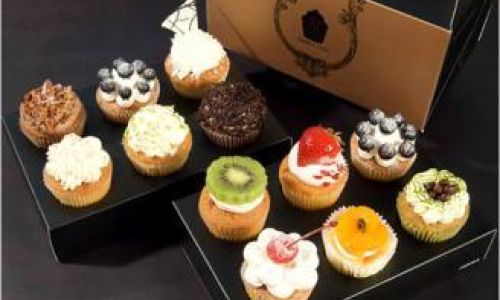
- Airtight Containers: Use a plastic or glass container with a tight-fitting lid to prevent air exposure. Line the base with a paper towel to absorb excess moisture.
- Avoid Humidity: Humid environments accelerate staling and frosting meltdown. Do not store cupcakes near stoves, dishwashers, or windows.
- Frosting Stability: Buttercream and ganache harden slightly at room temperature, creating a protective barrier. However, avoid storing cupcakes in warm kitchens, as frosting may soften or slide.
Refrigeration (3–5 Days)
Refrigeration slows bacterial growth in perishable frostings but can alter the cake’s texture. Follow these guidelines:
- Chill Before Storing: Allow cupcakes to cool completely to room temperature before refrigerating. Warm cupcakes will create condensation, leading to sogginess.
- Airtight Packaging: Wrap cupcakes individually in plastic wrap or place them in a sealed container. This prevents odor absorption and moisture loss.
- Thawing: Remove cupcakes from the refrigerator 1–2 hours before serving to allow them to reach room temperature. This restores the frosting’s creaminess and the cake’s tenderness.
Long-Term Storage: Freezing Cupcakes
Freezing is the gold standard for preserving cupcakes beyond five days. Properly frozen cupcakes can retain their quality for up to three months.
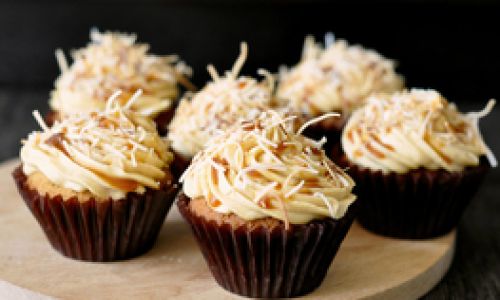
Freezing Unfrosted Cupcakes
- Cool Completely: Ensure cupcakes are at room temperature to prevent ice crystal formation.
- Wrap Individually: Use plastic wrap to shield each cupcake from freezer burn. For extra protection, add a layer of aluminum foil.
- Containerize: Place wrapped cupcakes in a freezer-safe bag or airtight container. Label with the date and flavor.
- Thawing: Transfer to the refrigerator overnight, then unwrap and let sit at room temperature for 30 minutes before frosting.
Freezing Frosted Cupcakes
Frosted cupcakes require careful handling to avoid smudged decorations:
- Flash Freeze: Arrange unwrapped cupcakes on a baking sheet and freeze for 1–2 hours until the frosting hardens.
- Double Wrap: Once frozen, wrap each cupcake in plastic wrap, followed by foil.
- Storage: Place in a rigid container to prevent crushing. Avoid stacking until fully frozen.
- Thawing: Unwrap while still frozen and let thaw in the refrigerator. This prevents condensation from softening the frosting.
Handling Frosted Cupcakes: Special Considerations
Different frostings demand unique storage approaches:
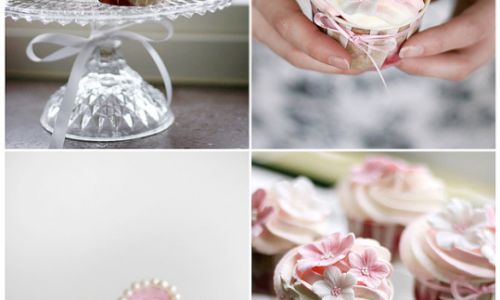
- Buttercream: Stable at room temperature for 1–2 days but benefits from refrigeration in humid climates.
- Cream Cheese Frosting: Always refrigerate due to dairy content.
- Whipped Cream: Best consumed within hours; refrigerate for up to 12 hours.
- Fondant: Store at room temperature in a cool, dry place. Avoid refrigeration, as condensation can dissolve sugar decorations.
Transportation and Presentation: Keeping Cupcakes Intact
Whether heading to a party or a bake sale, transporting cupcakes requires strategy:
- Cupcake Carriers: Invest in a specialized carrier with individual compartments to prevent smudging.
- Boxes and Liners: Use sturdy cardboard boxes lined with parchment paper. Place cupcakes in cupcake liners for added grip.
- Toothpick Trick: Insert a toothpick into the center of each cupcake before placing the lid on the container. This prevents the frosting from sticking to the lid.
- Cooler for Long Trips: For frosted cupcakes, use a cooler with ice packs to maintain a stable temperature.
Creative Storage Hacks
Beyond conventional methods, these tips can rescue stale or drying cupcakes:

- The Bread Method: Place a slice of fresh bread in the storage container. The bread’s moisture will soften the cupcakes without making them soggy. Replace the bread daily.
- Apple Slice Technique: For cupcakes with fruit-based fillings, add a slice of apple to the container. The apple releases humidity, reviving dryness.
- Microwave Revival: Lightly dampen a paper towel and drape it over a cupcake. Microwave for 5–10 seconds to steam and soften the crumb.
Common Mistakes to Avoid
- Storing Warm Cupcakes: This traps steam, leading to gummy textures and mold growth.
- Overcrowding Containers: Airflow is essential to prevent condensation.
- Mixing Strong-Smelling Foods: Cupcakes absorb odors easily; store them separately from onions or garlic.
- Ignoring Frosting Type: Using the same storage method for buttercream and whipped cream leads to spoilage or meltdown.
Conclusion: Savoring Every Bite
Cupcakes are a labor of love, and their preservation deserves equal attention. By understanding the science of staling, mastering storage techniques, and adapting to specific ingredients, you can ensure every cupcake tastes as fresh as the day it was baked. Whether you’re a home baker or a professional, these strategies will help you deliver perfection—one perfectly preserved cupcake at a time.
Final Tip: Label your containers with the baking date and ingredients. This small step prevents guesswork and ensures no cupcake goes to waste. Enjoy your sweet creations, and remember: a well-stored cupcake is a testament to both culinary skill and care.
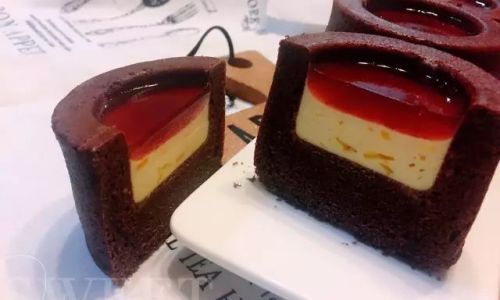

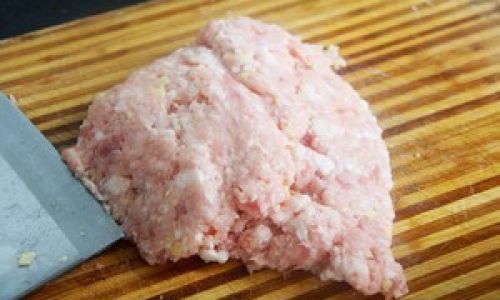
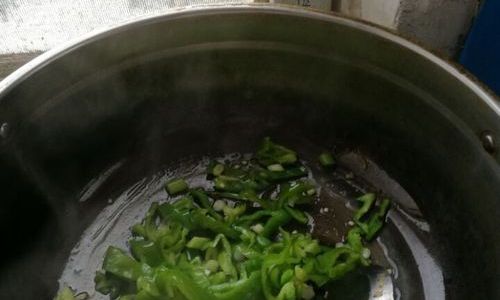
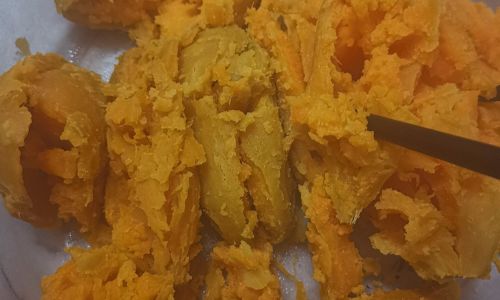

0 comments